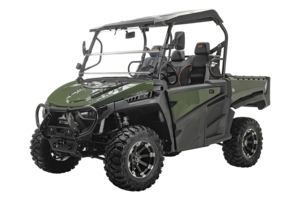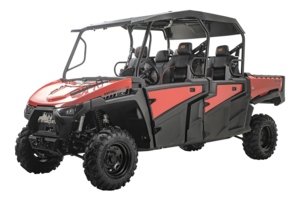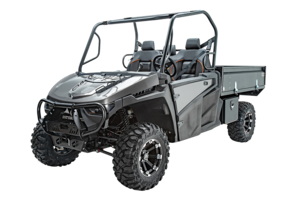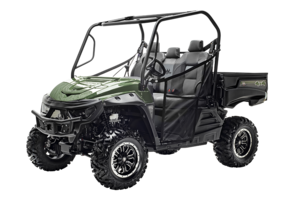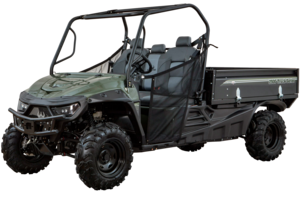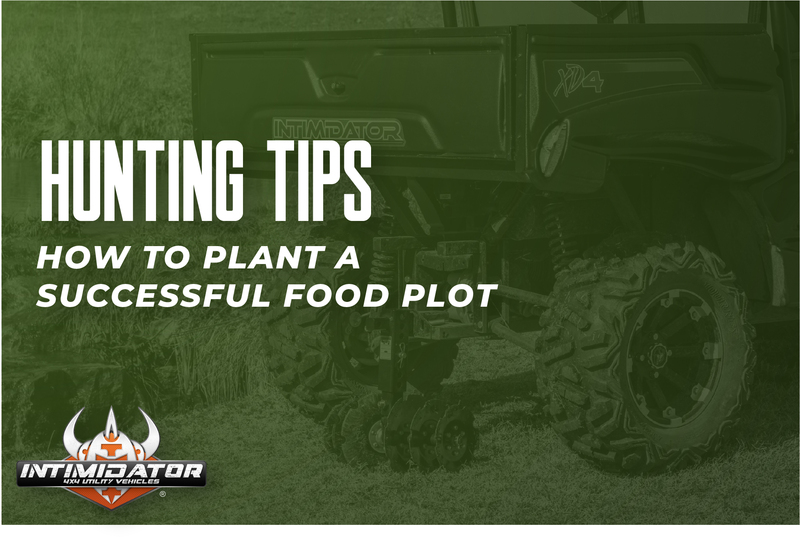
Deer season is just around the corner. All year long, hunters have dreamed of glassing and bagging that big buck. A trend that continues across the nation is the use of food plots to increase the odds of success. Even if you aren’t a hunter, food plots not only attract wildlife for your viewing pleasure, they also help the animals prepare for the upcoming winter months, attracting wild game such as deer and turkey and providing them with supplemental forage opportunities during harsh winter days.
To have a successful food plot, here are some things to consider:
1. WHEN TO PLANT
Most experts agree that all plantings should be completed prior to the onset of autumn rains. A good rule of thumb is to make sure your food plots are planted at least 30-45 days prior to the first frost. The below map from the Whitetail Institute illustrates their recommendation for planting oats in the fall:
- Photo source: Whitetail Institute
2. WHAT TO PLANT
While there are many popular seed varieties hunters prefer, the Deer and Deer Hunting Magazine recommends the following:
Cereal Rye
Clover
Brassicas
Corn
Soybeans
In addition to these, there are certainly others to choose from—including radishes, turnips, oats and more. There are even food plot mixes that are designed for ground that is tilled and ground that is not. Some varieties thrive in the cover of the woods, while most are planted in open, cleared areas. Do your research and pair the area you’re going to be planting in with the plot seed that will have the greatest success.
3. LOCATION
Finding the right spot is critical to food plot success. Plots not only need plenty of sunlight in most cases—they also need to be located in heavily traveled paths made by deer and other wildlife. Plant as thick a cover as possible. Locations adjacent to bedding areas or sanctuaries are ideal. Optimal plot locations include areas that are easily accessed for morning and late afternoon feeding opportunities, as well as for those quick snacks after they’ve been bedding for a few hours.
Another thing to remember is your food plot doesn’t have to be huge. You may only have small areas that are prime spots for planting. Don’t let the small spaces discourage you. Many times the more isolated the location, the better chances you have for bagging that reluctant buck that only feeds out in open areas at night!
4. SOIL
Knowing the makeup of the soil you’re going to be planing in is key. Plants utilize the minerals found in the soil for growth; thus, the right soil is imperative. The higher the mineral content and organic matter level, the more productive the soil will be. Soil maps show that the highest mineral and organic matter levels are actually found where agricultural areas are most productive. If you aren’t sure of your soil composition, purchase a soil test kit at your local hardware or feed store to help you analyze and address what can be done to increase soil productivity.
5. THE MACHINE
When it comes to actually getting the job done you will need either a tractor or a powerful UTV to break up the ground. Unfortunately, many times the location you pick for the food plot is hard to get to, with many obstacles that lie between your truck and the desired location. An Intimidator UTV is just the ticket to navigate winding trails where a tractor could never travel! Whether your food plot is large or small, our side-by-sides can make it happen.
Regardless of your ATV or UTV, you can grab a GroundHog Max pull-behind disc plow from Bad Dawg Accessories that will make preparing food plots a fun one-person job. Simply mount it on the rear of your machine and let the downward pressure do the work!

